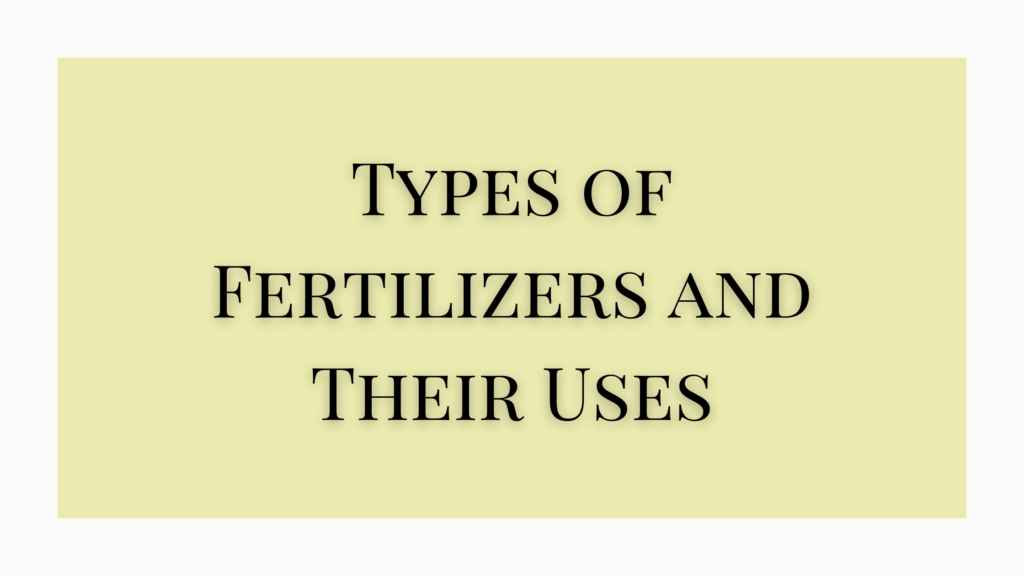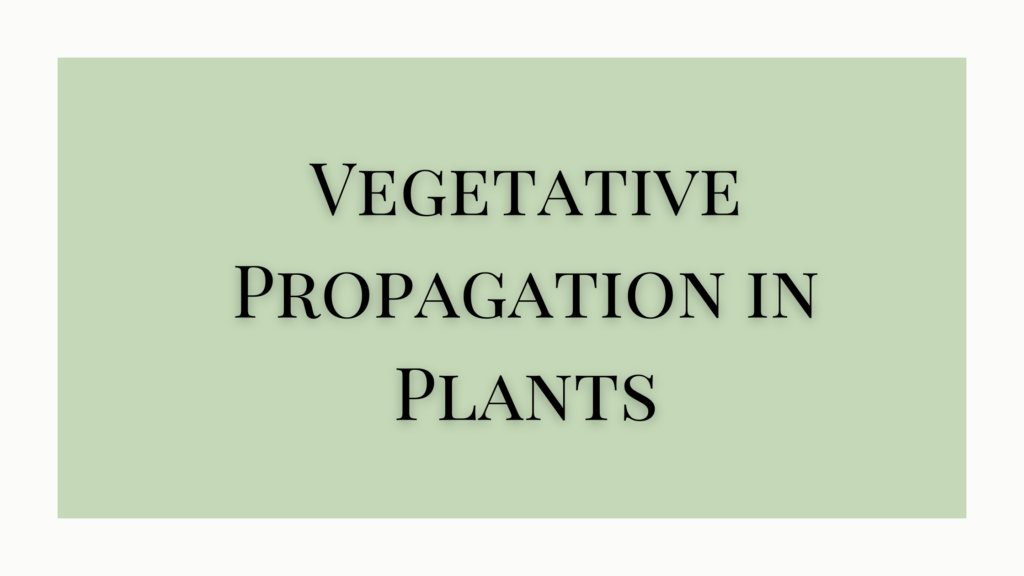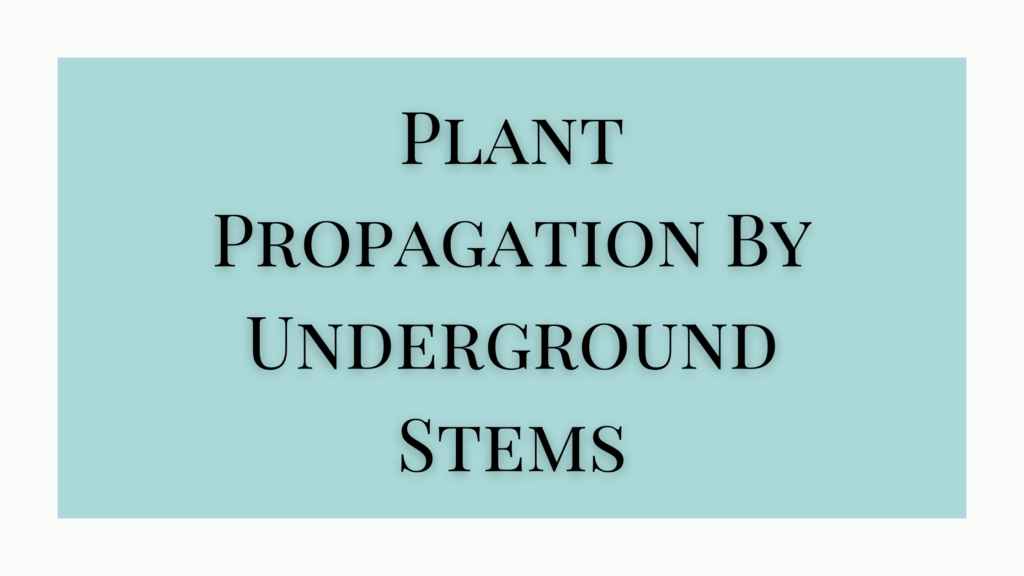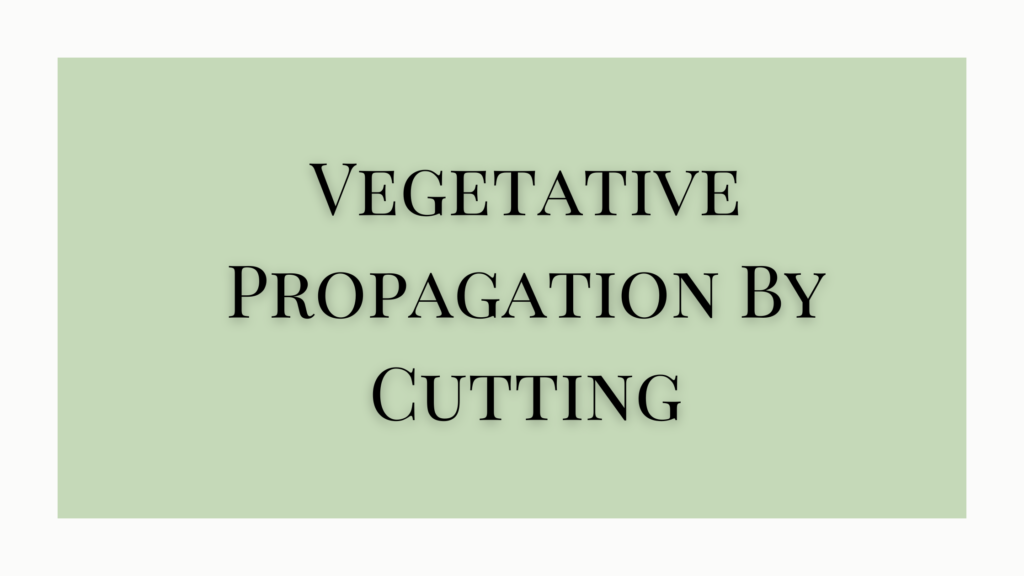Soil fertility, the nutrient-supplying capability of soil, depends upon the amount and availability of plant nutrients. The maintenance of soil fertility involves adjusting the current supply of available nutrients to an optimum level for crop production.
Types of Fertilizers and Their Uses
The fertility of virgin soil- soil that has not been disturbed by cultivation, reaches an equilibrium such that the nutrients released into the soil are equal to that lost from it. The inherent fertility of virgin soil becomes depleted when the soil is brought under cultivation. This depletion rate varies with the type of crop.
The nutrients thus lost are replaced by supplementing additives in the form of fertilizers and manures. Nitrogen may also be added through nitrogen fixation by bacteria on the roots of leguminous crops.
Fertilization refers to the addition of nutrients to the plants. Materials that supply these nutrients are called fertilizers. Fertilizers that supply the major plant nutrients such as nitrogen, phosphorous, and potassium are called complete fertilizers. Fertilizers may be classified into natural or organic and chemical fertilizers.
Natural fertilizers
Natural or organic fertilizers are compounds derived from living organisms. Eg. Leaf manure, fish scrapes, cottonseed meal, compost, humus, and natural accumulation of leaf mold, bone meal, etc. The types of natural fertilizers include
- Biofertilizers
- Organic manure
- Compost
- Leaf mold
- Bone meal
- Oil cakes
- Wood ash
- Farmyard manure
- Sphagnum Moss peat
- Charcoal
Chemical Fertilizers or Inorganic Fertilizers
Chemical fertilizers such as ammonium nitrate and phosphate are synthesized from inorganic minerals.
Different forms of nitrogen-containing compounds are synthesised including urea and cyanamide. Although these are chemically organic compounds, they are not derived from living systems.
Nitrogen fertilizers are used as sodium nitrate.
The ammonia can be used directly as a fertilizer or as a raw material for manufacturing urea, nitrates, or other nitrogenous compounds. Ammonia is used in different forms such as,
- Ammonium chloride
- Ammonium nitrate
- Ammonium sulfate
- Ammonium sulfate nitrate
- Calcium ammonium nitrate
- Urea
Phosphate fertilizers can be natural, treated, by-products, or chemical phosphates. They are essential for the cell growth of shoot and root systems.
Potassium fertilizers are used as potassium chloride or potassium sulfate.
Liquid Manures
Liquid manures are organic or inorganic fertilizers dissolved in water. It is then used as foliar spray which has quicker action than traditional application of compost or other manure.
Ornamental plants such as orchids, chrysanthemums, dahlias, etc show excellent stimulation with the application of liquid manure and grow bigger as well as long-standing flowers.
Liquid manure provides essential nutrients in consumable form at the time of need. However, it must be highly diluted because a concentrated form could cause the collapse of the meristematic tissue and is phytotoxic.
Fertilizer Grade
Fertilizer grade or ratio refers to the relative amount of NPK. For instance, the number 17:17:17 mentioned on a bag of fertilizer refers to the ratio of 1:1:1 of nitrogen, phosphorous, and potassium. All of these are added at 17% each.
Nitrogen is responsible for stimulating vegetative growth, especially the foliage. Not enough nitrogen in the soil leads to yellowing of leaves, leaf shedding, retarded edges or no flowering, etc.
Phosphorus promotes better root and shoots system growth as well as enhances the blooming period. Potassium intensifies the color development in foliage and flowers. It can also control the ripening of fruits.
Applying Fertilizers
Modern fertilizers are compounded to satisfy the different needs of the users. They may not only be made of different nutrients but also be a mixture of organic and inorganic forms. This way some or a portion of the applied nutrients can be made available immediately where whereas the rest can be released slowly.
Physically the fertilizers can be solid or liquid that are applied to the soil or directly on the foliage respectively. Nitrogen can be efficiently applied through the leaves by spraying with urea. This method of spraying can be used to supply trace elements such as manganese, boron, etc as well.
The kind and level of fertilization are based on crop needs, concerning current fertility levels and alternative sources of plant nutrients. The level of crop response to fertilization is related to the productive capacity of the soil.
When larger amounts of fertilizers are placed on soil of low productive capacity, much of it is wasted. The excess nutrients will be leached, tied up in unavailable forms not absorbable by the plants, or poorly distributed in the soil.
However, with continued application of fertilizer at the optimum level, the response of the plant tends to increase which in turn improves the productivity of soil, ultimately raising its yield potential.
These days, floriculturists are applying fertilizers in liquid or powder form for faster absorption. This is widely practiced for plants such as orchids, anthurium, indoor plants, etc. Most fertilizers are water soluble and minerals are present in organic forms making them immediately viable for the plants. Annuals need fertilizers regularly for continued and rapid growth.
Advantages and Disadvantages of Fertilizers
Advantages
- The availability of specific types of fertilizer helps add that particular nutrient to the soil.
- They are easy to add as and when required.
- Most fertilizers are water-soluble that are easy to apply and for the plants to absorb quickly.
- Regular application of fertilizers ensures better growth and yield.
- Inorganic fertilizer feeds the plant while organic fertilizers feed the soil and plants.
Disadvantages
- Fertilizers are often expensive.
- Prolonged use of fertilizers, especially inorganic fertilizers can affect the pH of the soil and thereby decrease microbial activity in the soil.
- Overuse of fertilizers will negatively affect the soil fertility and become harmful to the plants.
- Fertilizers can cause irritations to the respiratory systems and skin of users.
- Chemical fertilizers seeping into the groundwater and consumption of this contaminated water can cause methemoglobinemia in humans.
- Leaching of inorganic fertilizers into nearby water bodies can lead to eutrophication.
- Moreover, inorganic fertilizers provide only short-term solutions to restore soil fertility.
- Excessive use of nitrogenous fertilizers can lead to toxic emissions which can increase climate change.
References
- Types, Names, Uses, And Benefits of Fertilizers
- Advantages and disadvantages of chemical fertilizers




